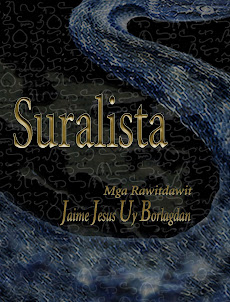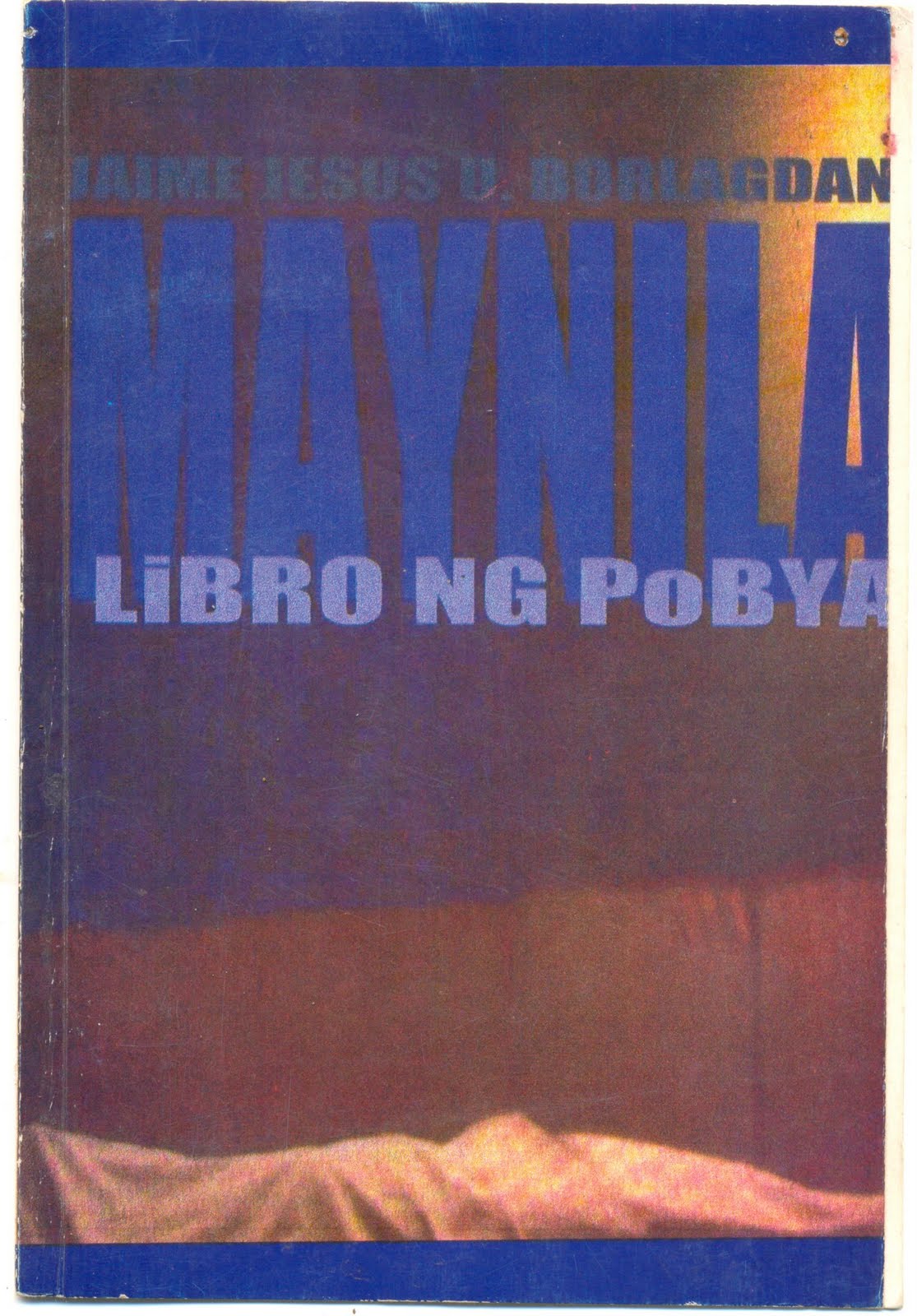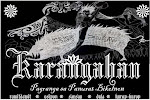Sisay ka kaito?
Baad ngani kairiba mo ako.
Siring kita kaitong duwang pato
pigsususog kun sain sagkod an kaling masulog
pigsususoysoy an gabos na laboy
sa dugi, tuka amog-amog
sa ogma sa ati lingaw an pauli
sa siram kan dai pakaaram
dai namangnohan su takmang padangadang
dai labot sa higot sa liog, sa lanit kan darangan
iluwag na daing
balukag kataning kan bilog.
An aram ko sana kun sisay
itong kaito satuya kuminaon
iyo na ngonian ining satuyang pighahalon.
Mayo 6, 2012. Karangahan.








0 comments:
Post a Comment